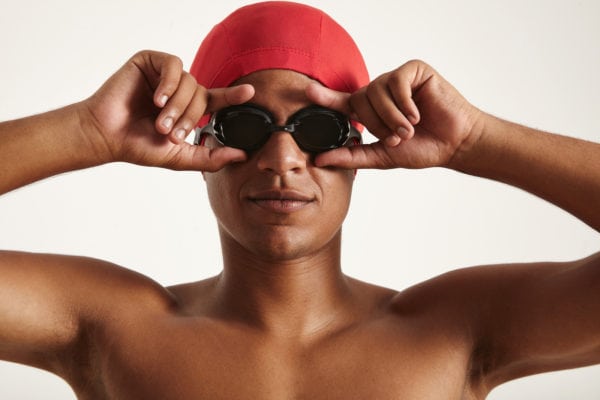When is exercise more than just fitness? When it pulls quadruple duty by reducing the risk of disease, improving sleep and boosting mood. And now a new study suggests it can also help us see better.
Bear with us while we explain. Recent research discovered that neuron firing rates in the regions of mouse and fly brains associated with visual processing increase during physical activity. Psychologists thought, “if mice and flies, why not humans?”
So they designed an experiment using behavioral measures and neuroimaging techniques to explore how brief bouts of physical exercise affect human performance and neural activity.
As they expected, low-intensity exercise did boost activation in the human visual cortex, the part of the brain that plays a major role in processing visual information.
“We show that the increased activation—what we call arousal—changes how information is represented, and it’s much more selective,” said study co-author Barry Giesbrecht, professor of psychological and brain sciences at the University of California, Santa Barbara. “That’s important to understand because how that information then gets used could potentially be different.
“There’s an interesting cross-species link that shows these effects of arousal might have similar consequences for how visual information is processed. That implies the evolution of something that might provide a competitive advantage in some way.”
For the experiment, a small group of volunteers wore a wireless heart rate monitor and an electroencephalogram cap. While on a stationary bicycle, participants performed a simple orientation discrimination task at rest and during sessions of low- and high-intensity exercise.
“We found that the peak response is enhanced during low-intensity exercise relative to rest and high-intensity exercise,” said lead author Tom Bullock, a postdoctoral researcher in UC Santa Barbara’s Attention Lab.
Though it was unclear what mechanism made this occur, Giesbrecht said the work underscores the importance of exercise. “In fact, the benefits of brief bouts of exercise might provide a better and more tractable way to influence information processing—versus, say, brain training games or meditation—and in a way that’s not tied to a particular task,” he said.
Does Exercise Improve Vision







